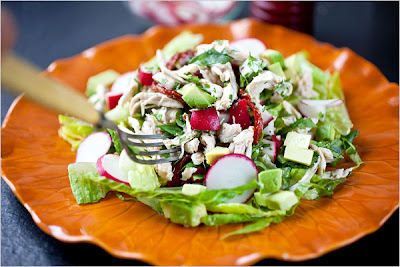3 Rounds
Superman - 5 reps hold for 20 seconds and return to relaxed position
Arm Haulers - 10 reps -video HERE
Wacky Jacks - these target the biggest muscles in your back, your latissimus dorsi.
Plank - hold for 1minute
Don't forget to end your workout with back stretches!
Lower Back/Abdominal Stretches
Harmonica:1. Sit with one leg bent in front of you and the other on bent behind you.
2. Lean forward trying to get your nose to your ankle.
3. Slowly, keeping the head down move the nose along the leg until you reach the knee.
4. Continue moving the nose back and forth as if you are playing the harmonica.
Hint: You will also feel this stretch in the lats and muscles of the back.
Extended Child's Pose:
1. Sit with the bottom on the heels.
2. Bend forward at the hips and reach the arms out in front of you.
Hint: The more you walk your finger tips out the more of a stretch you will feel.
Cat Pose:
1. Find a position on your hands and knees where you have a neutral spine position.
2. Take a deep breath in and as you exhale pull the navel into the spine and the back towards the sky. Curving your torso to hollow out your belly.
Scorpion
1. Lie with the belly on the ground
2. Extend arms in a 'T' out to the side
3. Extend the leg and swing it across to the opposite side of the body
4. Press the shoulders down and look in the same direction of the crossed leg












